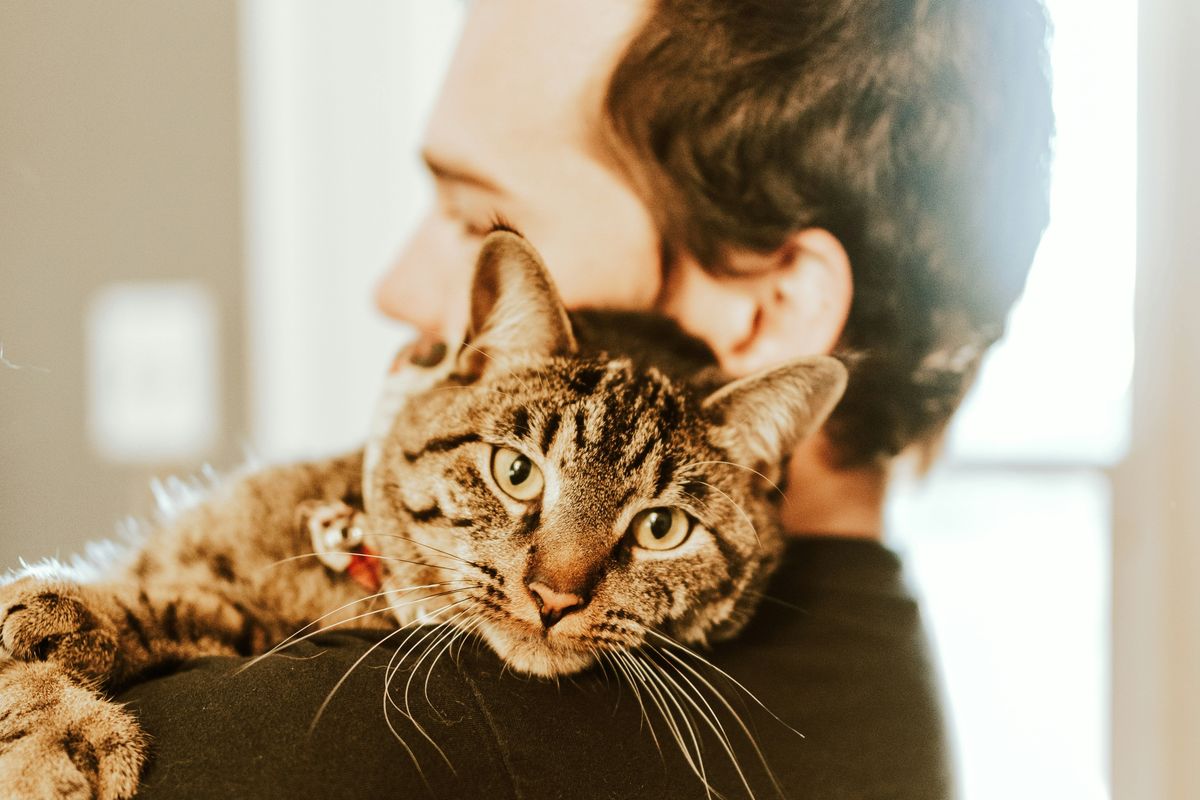Woman who lost her 'pretty privilege' overnight says it changed how she saw everyone
She went from the center of attention to "invisible."
A smiling blonde woman.
There is something extremely unfair about people born with great genetics who are extremely good-looking. Sure, some folks can improve their looks after putting in some work at the gym or learning how to present themselves. but many people we consider conventionally attractive hit the jackpot by simply being born that way.
With little effort, these people have an incredible social advantage in life. They are seen as morally virtuous, receive random favors, are always the center of attention, and are more likely to get raises and promotions at work. The funny thing is that those with pretty privilege don’t realize the incredible advantage they have until it's gone.
What happens when people lose their pretty privilege?
A woman on Reddit recently shared how she realized the power that comes with pretty privilege when she gained a lot of weight, and the world immediately began treating her differently.

“Whether we want to admit it or not, pretty privilege is a thing. And it’s something that I now realize I had for the majority of my life,” the woman wrote in a viral Reddit post. “People were usually very nice to me. I got offered perks like drinks at bars and extra attention when I went out. And I was stared at a lot.”
Things changed for the woman after she had a health condition that required her to take a medication that slowed her metabolism, so she rapidly gained weight. “The fatter I got, the less attention was paid to me. I didn’t notice it at first, but I began to have to ask for customer service at places instead of being offered, and I started to feel invisible, because no one looked at me,” the woman continued. “No one. People would walk right by and not even acknowledge my existence. It was strange at first, then incredibly humbling. I thought, well, this is the new normal.”
The power of thin privilege.
It’s important to note that being a certain weight doesn’t automatically make you good-looking. People can be good-looking at any weight. However, it would be naive to believe that thin people don’t have an advantage in this world.

The drastic fluctuation in the woman’s weight made her conscious of what other people who don’t have the privilege of being pretty or thin go through in life. It allowed her to have greater compassion for people, regardless of how they look. “My personality started to change a little. I began being thankful for any small interaction someone had with me, and responded to any small act of kindness with gratefulness,” she wrote. “I noticed other not conventionally pretty people, and other overweight people, and made an effort to talk to them and treat them like they mattered. I became a better person. Not that I wasn’t a good person before, but I was now more aware and empathetic to those around me.”

The woman soon went off the medication and, just like that, she lost weight, and people began to treat her as they had before. “The first time I noticed it was when I was in a store looking for something, and a handsome male worker came up to me and asked if I needed help. He looked me in the eyes. I felt like I mattered again,” she continued. “Then I instantly felt sad and horrified, because of the cosmic unfairness of life, that how we look really does determine how people treat us, even though it shouldn’t.”
After the woman lost her privilege, she better understood what other people go through. On one hand, she probably enjoys the privilege, but on the other, she feels that the world is much less fair than she once imagined. At least, in the end, it’s taught her to be more empathetic to everyone she meets. “And also, when someone looks at me and smiles, no matter who they are, I give them a huge smile back,” she finished her post.
This article originally appeared in May.
- Women explain what it's like to lose their youthful beauty and it's surprisingly empowering ›
- Woman shares why being 'conventionally attractive' and autistic is 'jarring' and scary ›
- Woman who went from a size 18 to a size 6 gets candid about her newfound 'skinny privilege' ›
- 13 advantages good looking people have over everyone else - Upworthy ›





 A man laughing.via
A man laughing.via  A
A  Cheerleaders with their pom-poms up.via
Cheerleaders with their pom-poms up.via  People crossing the street.via
People crossing the street.via  Cheese is essentially just spoiled milk! Photo by
Cheese is essentially just spoiled milk! Photo by  It must have been fun to discover old grapes turned into wine. Photo by
It must have been fun to discover old grapes turned into wine. Photo by  Coffee fruit was making the goats a little too happy. Photo by
Coffee fruit was making the goats a little too happy. Photo by  Tomatoes were thought to be poisonous until very recently. Photo by
Tomatoes were thought to be poisonous until very recently. Photo by  Tea is one of civilization's most ancient drinks. Photo by
Tea is one of civilization's most ancient drinks. Photo by  Fried potatoes began as a replacement for fried fish. Photo by
Fried potatoes began as a replacement for fried fish. Photo by  An 11-year-old accidentally invented popsicles. Photo by
An 11-year-old accidentally invented popsicles. Photo by  Cheetos and cheese puffs have a fascinating accidental origin. Photo by
Cheetos and cheese puffs have a fascinating accidental origin. Photo by  A cat rolls its eyes. GIPHY, Saturday Night Live, NBC
A cat rolls its eyes. GIPHY, Saturday Night Live, NBC  Cat hugging person. Photo by
Cat hugging person. Photo by  And the award for best teacher goes to…@laurencella/
And the award for best teacher goes to…@laurencella/ No matter the era, you don't wanna be an American idiot.
No matter the era, you don't wanna be an American idiot.  Gender fluid fashion has been a form of rebellion in many era, it seems.
Gender fluid fashion has been a form of rebellion in many era, it seems.  Grief does not fit a 3-5 day schedule. Photo by
Grief does not fit a 3-5 day schedule. Photo by  Finding the right fit for seated individuals can be challenging.
Finding the right fit for seated individuals can be challenging. This look is totally Americana.
This look is totally Americana.  Stylist Kenzie Welch wants to make fashion accessible to all.
Stylist Kenzie Welch wants to make fashion accessible to all.  Pinterest inspiration, translated to seated fashion.
Pinterest inspiration, translated to seated fashion.  The best accessory? A giant grin!
The best accessory? A giant grin!  Women and girls who are in wheelchair face certain stylistic challenges.
Women and girls who are in wheelchair face certain stylistic challenges.